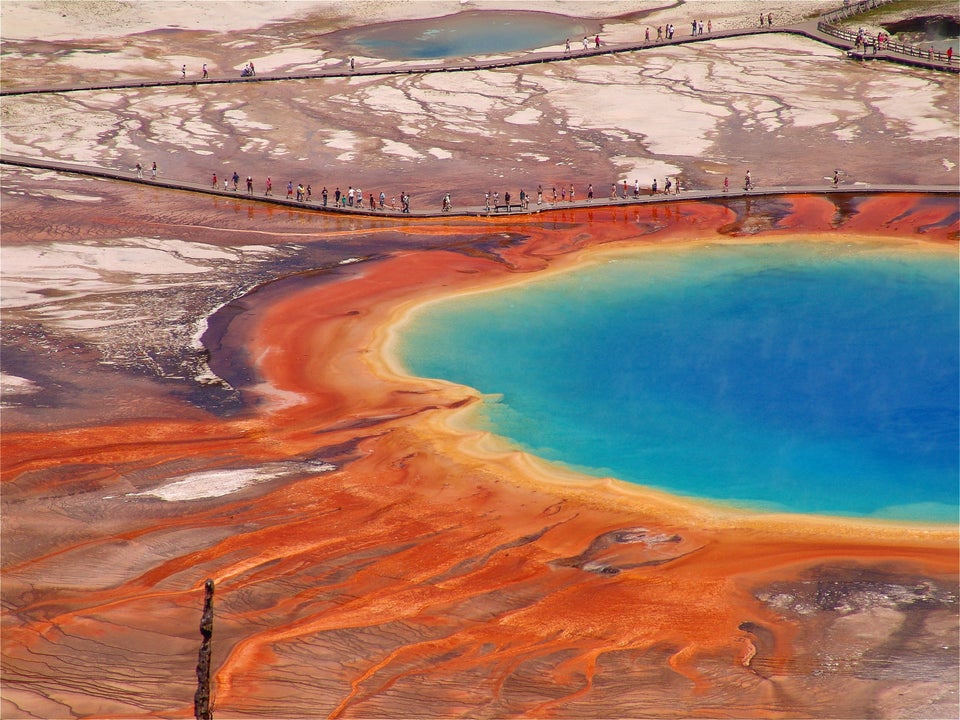
By Ruffin Prevost
CODY, Wyo. (Reuters) - The U.S. Fish and Wildlife Service proposed on Thursday stripping Endangered Species Act protections from the grizzly bear in and around Yellowstone National Park, saying the animal's numbers have rebounded sufficiently in recent decades.
The estimated tally of grizzlies in the greater Yellowstone region, encompassing parts of Wyoming, Montana and Idaho, has grown to a 700 or more today, up from as few as 136 bears in 1975 when they were formally listed as a threatened species throughout the Lower 48 states.
At that time, the grizzly had been hunted, trapped and poisoned to near extinction. Its current estimated population well exceeds the government's minimum recovery goal of 500 animals in the region.
Hunters and ranchers, who make up a powerful political constituency in Western states, have strongly advocated de-listing grizzlies, arguing that their increasing numbers pose a threat to humans, livestock and big-game animals such as elk.
Environmentalists have raised concerns that while grizzlies have made a comeback, their recovery could falter if federal safeguards are lifted, a move that would open the animals to public hunting outside the national park boundaries.
Moreover, they have argued that a key food source for the bears, whitebark pine nuts, may be on the decline due to climate change.
Native American tribes, which revere the grizzly, also have voiced skepticism about removing its threatened status.
But Fish and Wildlife Service said population studies show grizzly bears have more than doubled their range since the mid-1970s, occupying more than 22,500 square miles (58,275 sq km) of the Yellowstone ecosystem. That area is larger than the land mass of New Hampshire, Massachusetts and Rhode Island, combined, the agency said.
The scope and quality of bear habitat, regulatory mechanisms developed over the years and the existing balance of male and female bears should allow the states to maintain a viable, long-term grizzly population numbering in the high-600s to low-700s, said Matt Hogan, the agency's deputy regional director.
Yellowstone's grizzlies were briefly removed from protected status in 2007 but were re-listed after environmentalists sued, asserting the government had failed to account for such factors as climate change.
A joint federal-state committee of wildlife managers recommended de-listing again in 2012.
Four other smaller grizzly populations in parts of Montana, Idaho and Washington state would remain federally protected under the latest proposal. A much larger population in Alaska is unlisted.
A final decision on the Yellowstone grizzly's fate is expected by year's end, Hogan said.
(Reporting by Ruffin Prevost; Writing and additional reporting in Los Angeles by Steve Gorman; Editing by Sandra Maler)

